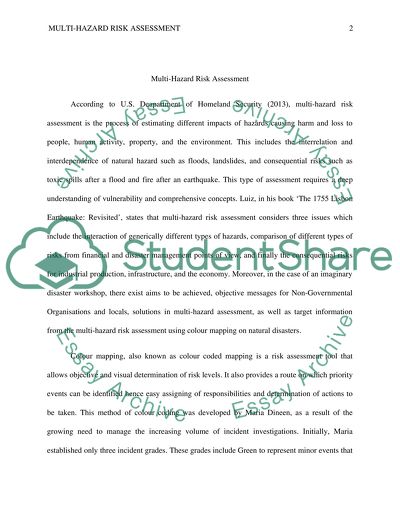Cite this document
(A Safety Culture in Disaster Management Essay Example | Topics and Well Written Essays - 1500 words, n.d.)
A Safety Culture in Disaster Management Essay Example | Topics and Well Written Essays - 1500 words. https://studentshare.org/environmental-studies/1475740-a-safety-culture-in-disaster-management
A Safety Culture in Disaster Management Essay Example | Topics and Well Written Essays - 1500 words. https://studentshare.org/environmental-studies/1475740-a-safety-culture-in-disaster-management
(A Safety Culture in Disaster Management Essay Example | Topics and Well Written Essays - 1500 Words)
A Safety Culture in Disaster Management Essay Example | Topics and Well Written Essays - 1500 Words. https://studentshare.org/environmental-studies/1475740-a-safety-culture-in-disaster-management.
A Safety Culture in Disaster Management Essay Example | Topics and Well Written Essays - 1500 Words. https://studentshare.org/environmental-studies/1475740-a-safety-culture-in-disaster-management.
“A Safety Culture in Disaster Management Essay Example | Topics and Well Written Essays - 1500 Words”. https://studentshare.org/environmental-studies/1475740-a-safety-culture-in-disaster-management.


